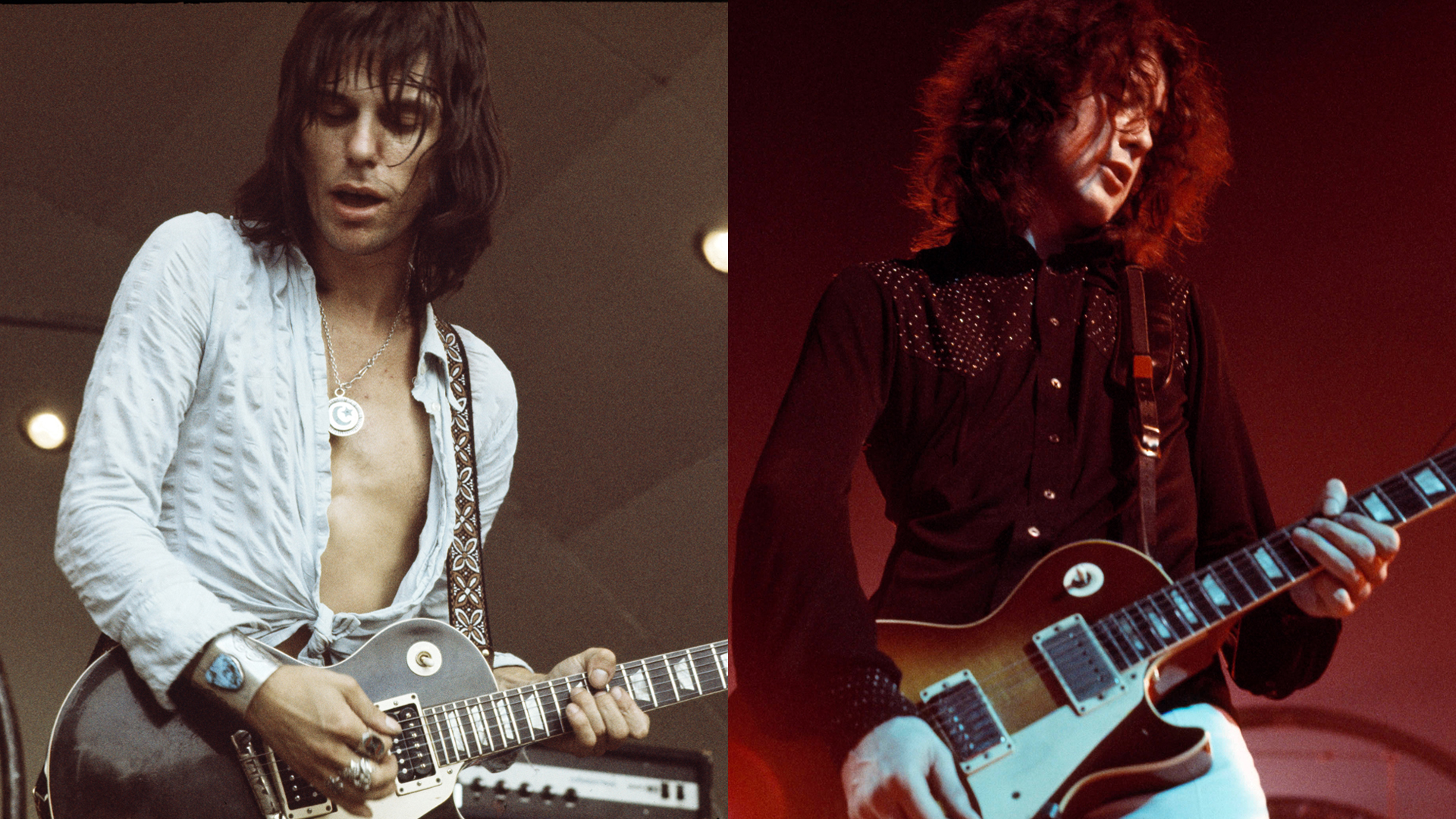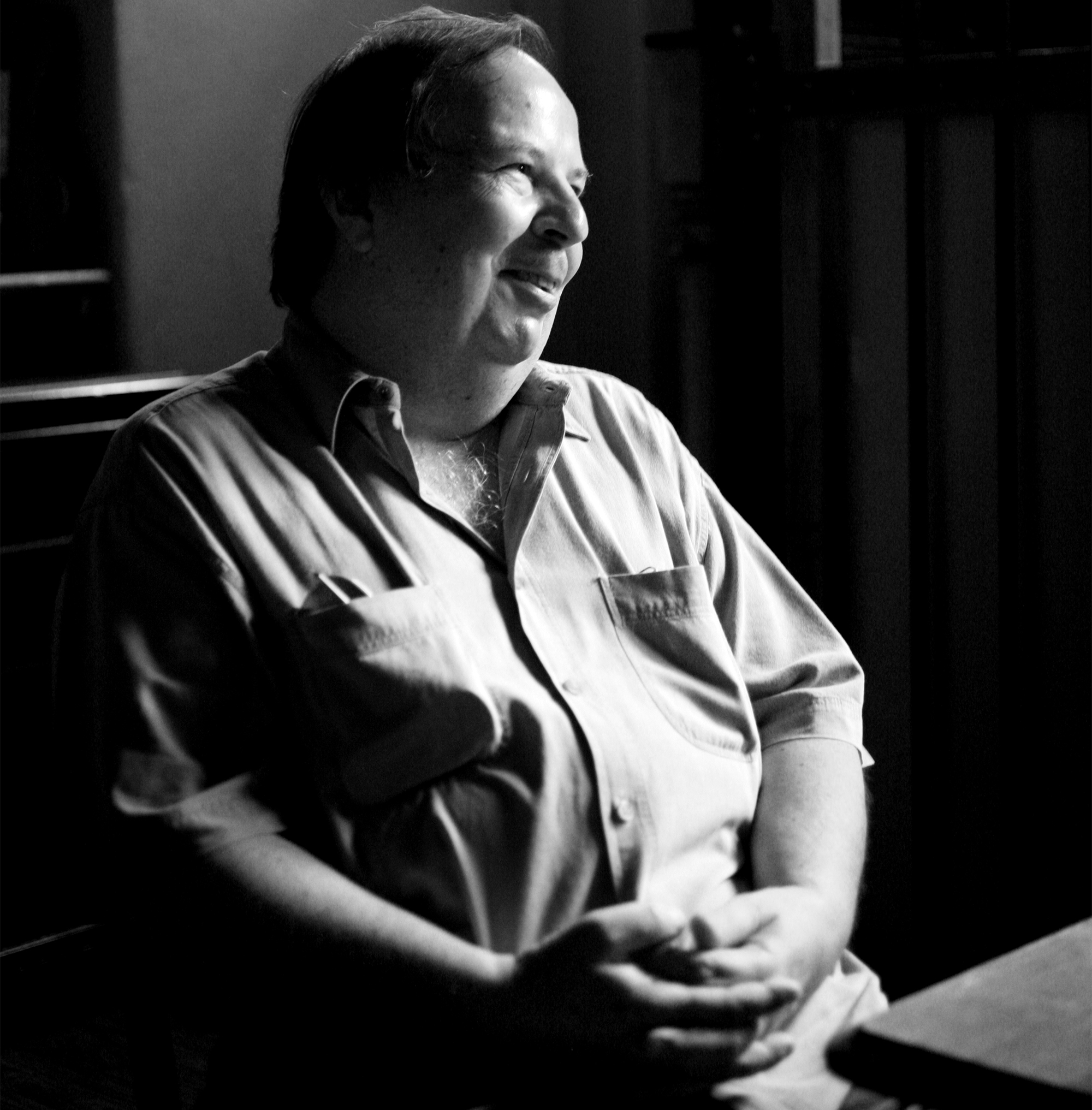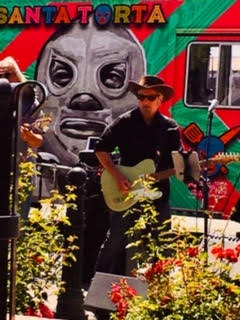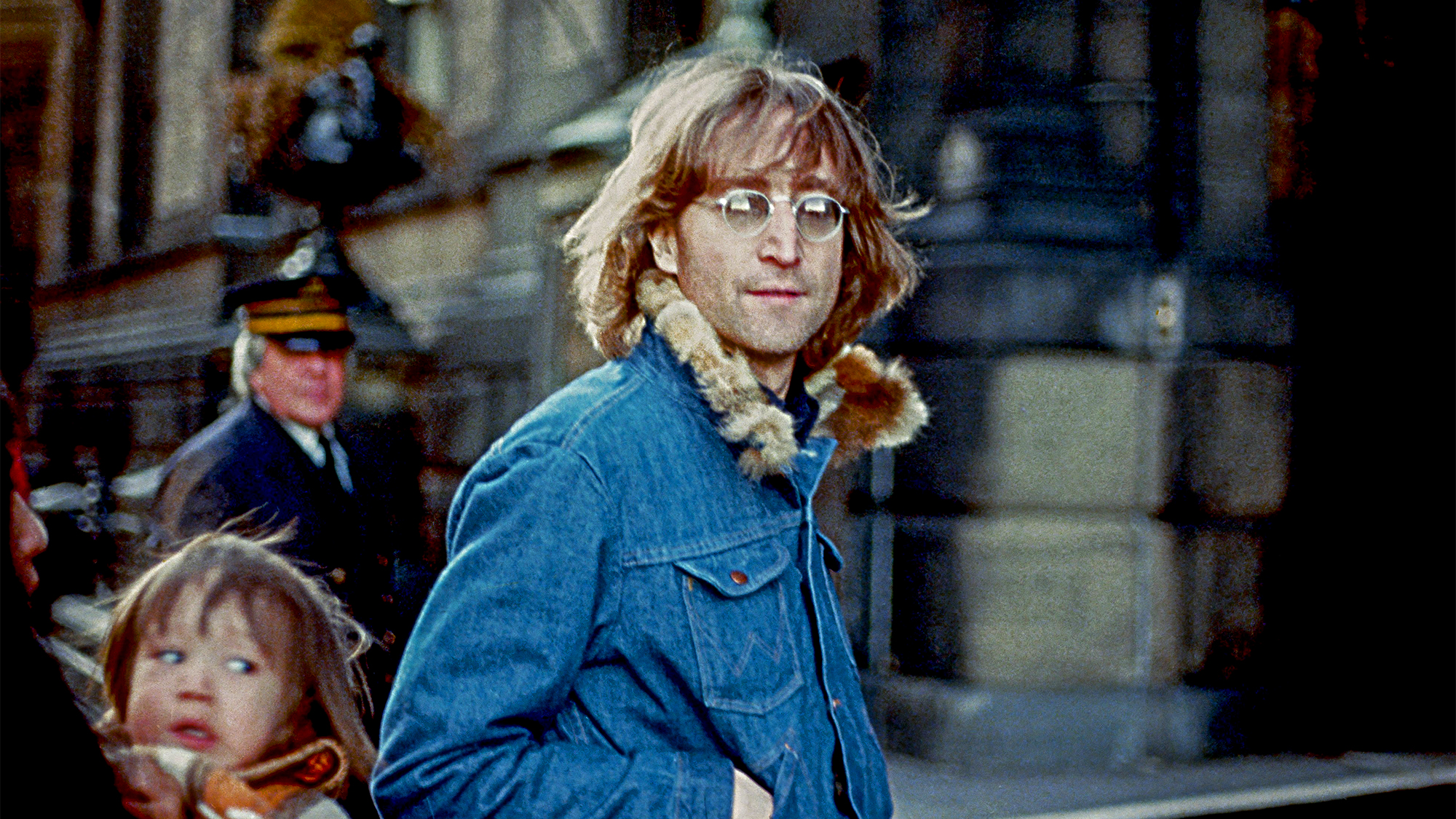“When I was making effects for Jimmy Page, Jeff Beck and Jimi Hendrix, I was one of their best-kept secrets.” Roger Mayer on the private world of making custom effects for the 1960s’ biggest guitar players
The inventor described in detail how he crafted effects for Page and Hendrix based on their needs

"It was a pivotal moment for my sound," Jimmy Page has said of when he met electronics wizard Roger Mayer at Surbiton, a suburb in South West London not far from his home in Epsom and Jeff Beck’s in Wallington. It was the early 1960s, and Mayer, who had worked for the Admiralty, had begun turning his attention to electric guitar effects.
“He asked me if I needed anything for my guitar,” Page continued. “He came over to my house one day and I played him a song with electric distortion and said, ‘I want to find a way to sustain it.’ He went away and came back with this box with an on/off switch — that meant you could control the distortion.”
As Mayer told Guitar Player in 2023, Page and Beck were among his earliest customers.
"I met Jeff Beck and Jimmy Page at the same time when I first started going to local music venues where they played around here — what we called the ‘Surrey Delta’ — in ’62, ’63, when I was a teenager. Jeff Beck and Jimmy Page started out playing what you might call youth clubs, where kids used to get together.”
Both were interested in fuzz, which they’d heard on that record Page had spun for Mayer: the Ventures’ tune “The 2000 Pound Bee.”
“We sat there listening to it and Jimmy said, ‘Can we do this?’ I think they went up to a music shop in Shaftsbury Avenue to have a look at a Maestro [FZ-1 Fuzz-Tone], but it didn’t have enough sustain. I said, ‘I can improve it,’ so Jimmy said, ‘Okay, Rog. See what you can do.’”
Mayer tweaked the circuit, he said, “from square one, really. As a scientist, I could come up with an alternative solution — one that’s better.”
All the latest guitar news, interviews, lessons, reviews, deals and more, direct to your inbox!

As Page told Uncut, Mayer’s invention revolutionized the guitarist’s sound. "It was phenomenal," he says. "When I started taking it to sessions, the other guitarists were blown away. The blood drained from their faces. But the guys doing the arrangements loved it."
Page was less interested in what he called Mayer’s "other box,” an octave-doubler with fuzz. "It was difficult to control in the studio from the guitar, so I said it wasn’t for me," he recalled.
Another guitarist would put Mayer’s octave-doubler to use: Jimi Hendrix. The American guitarist was making waves in England by the time Mayer met him at a club in 1967. According to the inventor, two weeks later he was in the studio as Hendrix was overdubbing the solo to “Purple Haze,” using his “other box,” the Octavia.
Mayer — who would famously help another guitarist, Bob Marley, completely revamp his tone — subsequently worked with Hendrix on his next album, Axis: Bold as Love, and then accompanied him and his group on their 1968 tour of America.
As Mayer told Guitar Player in our May 2012 issue, in the days before the effects box explosion, inventors like himself often worked directly with guitarists and studio engineers to create effects to their specification, a truly bespoke approach that was essential to the development of both new sounds and the pedal market that would emerge in the 1970s. He gave us insights into his method of working with Hendrix, the guitarist who was perhaps most interested in new sounds at the time.
What were some of the sonic goals you and Hendrix discussed when you started working together?
We talked about creating new soundscapes. Jimi was most interested in making new sounds for the records, because if you were going to be successful back then, you had to have a hit record. He felt he needed to be on the cutting edge with new sounds, so we were following a sort of Formula One racing approach, where you had constant development to keep moving on.
After Hendrix’s success with the Octavia, did you think the effect should be available to other guitar players?
No. This was a time when most recording studios manufactured their own consoles and other gear, and the electronics side of it was highly proprietary and quite secretive, really. When I was making effects for Jimmy Page, Jeff Beck, and Jimi, I was one of their best-kept secrets.
Did Hendrix express interest in having a definitive sound?
Jimi wasn’t as interested in having a definitive sound as he was in having the right sound for the soul. His sounds had to be crafted for each particular song, and Jimi knew that if he got the right tone, it could be almost magical. He and I talked about what hadn’t been done, and one of the main things was panning the signal so as to move the sound around in the mix while manipulating the echo to create different spatial awareness.
This was a time when most recording studios manufactured their own consoles and other gear, and the electronics side of it was highly proprietary and quite secretive, really."
— Roger Mayer
To our way of thinking, echo was a way of adding more information and color to the sound in order to create ambience and a sense of mood alteration. Like if we panned the echo left to right while changing its EQ, suddenly the guitar could sound like a spaceship coming toward you. So using a combination of tape delay and EMT echo plates, and by manipulating the delay, the panning, and the EQ, we were able to make the music move and sound more three-dimensional.
Jimi was the happiest when he was getting sounds that were spinning in his head onto records. If he had a new idea for something, it wasn’t a matter of how much it was going to cost. It was always, “When can we do it?”
Does it surprise you that the sounds Hendrix got using fuzz, wah, and feedback are still considered the holy grail by guitarists?
Well, after Jimi did “Voodoo Chile” and some other records, there really wasn’t much else you could do with a wah. Jimi was so prolific in the way he used things like feedback and distortion, so it’s pretty hard to come up with something else that sounds as fresh — especially when it has to be incorporated into the framework of a great song.
What was the most important thing you learned from Hendrix?
Dream the impossible and have the spirit to play to the edge. That’s what Jimi showed me.

Art Thompson is Senior Editor of Guitar Player magazine. He has authored stories with numerous guitar greats including B.B. King, Prince and Scotty Moore and interviewed gear innovators such as Paul Reed Smith, Randall Smith and Gary Kramer. He also wrote the first book on vintage effects pedals, Stompbox. Art's busy performance schedule with three stylistically diverse groups provides ample opportunity to test-drive new guitars, amps and effects, many of which are featured in the pages of GP.


